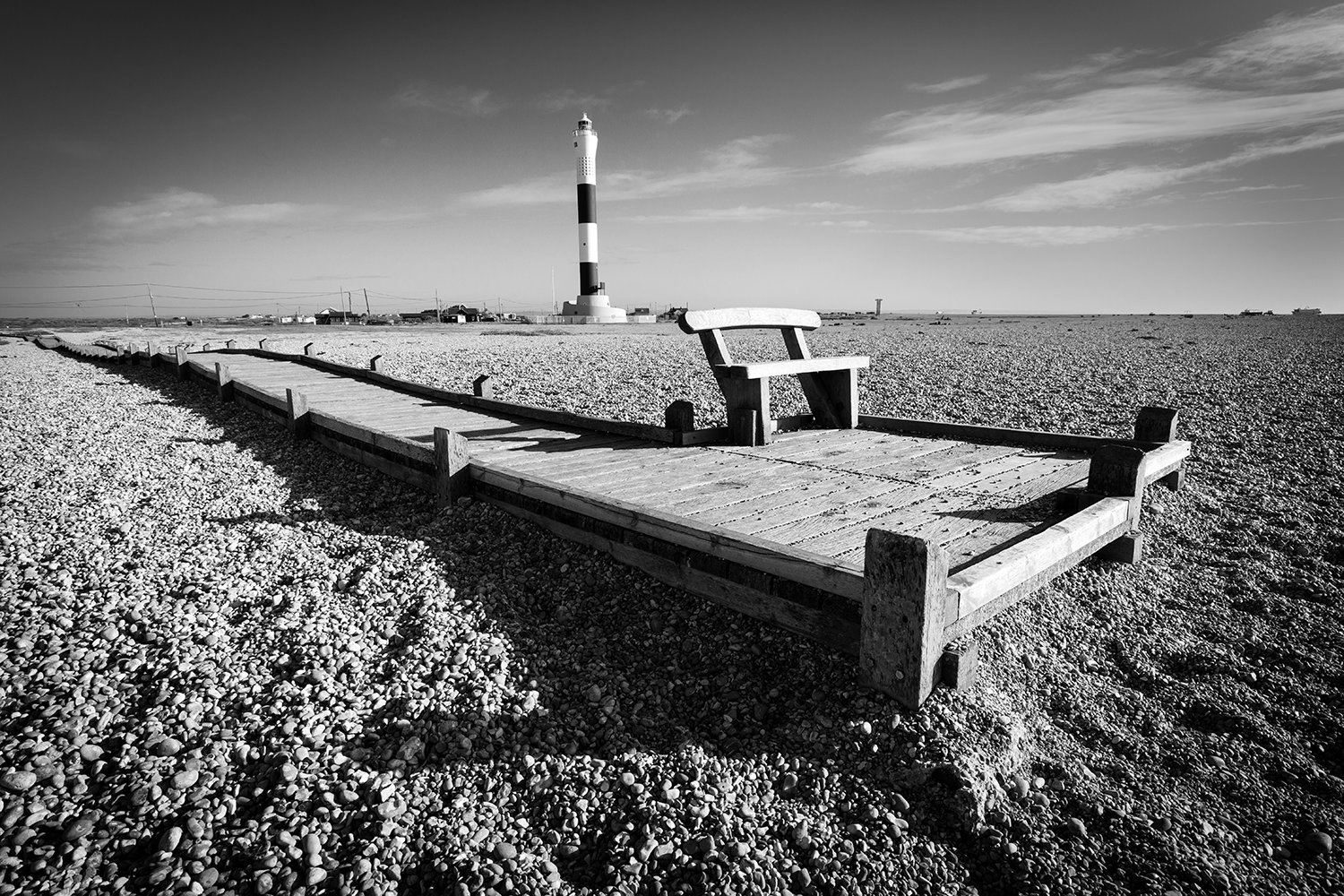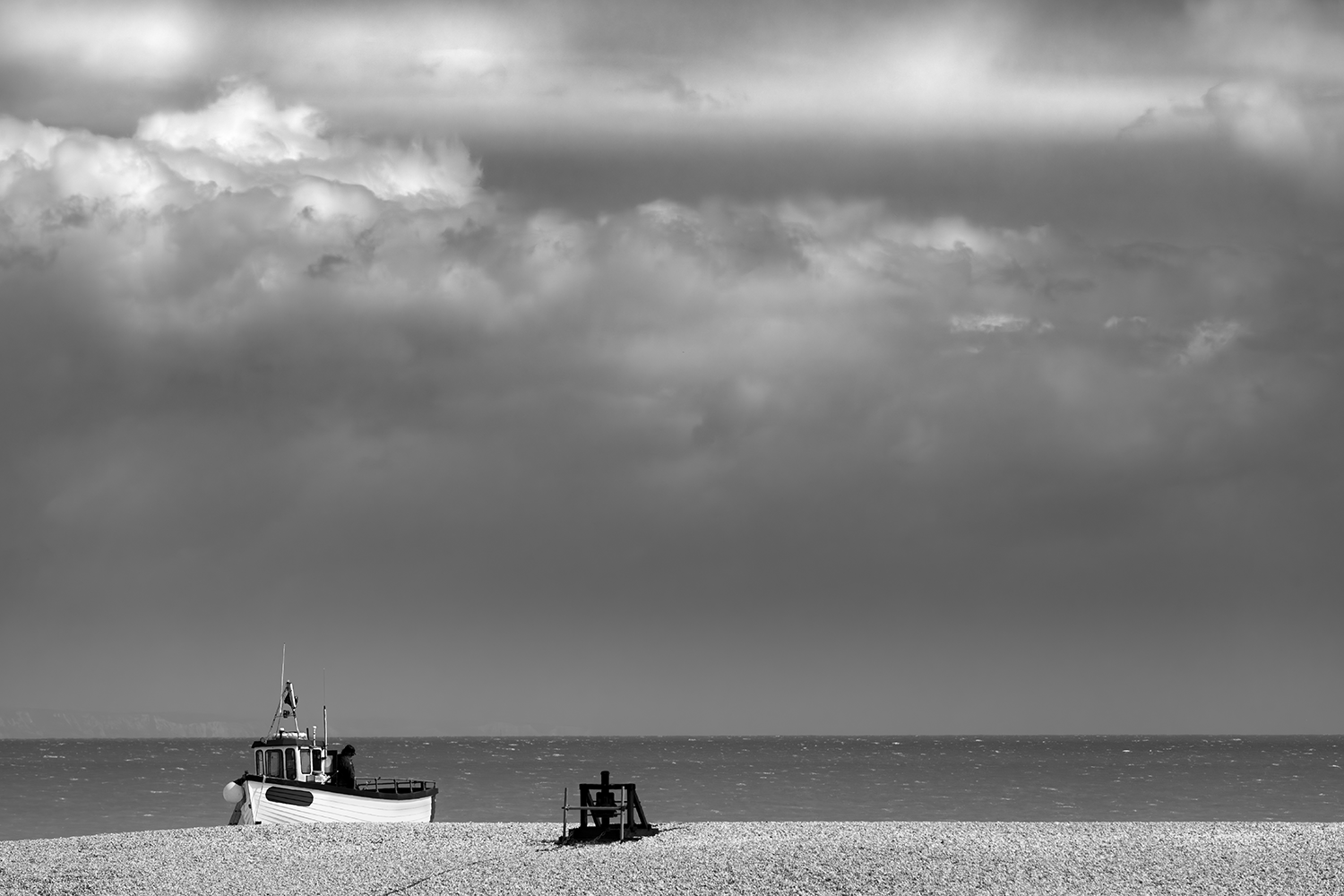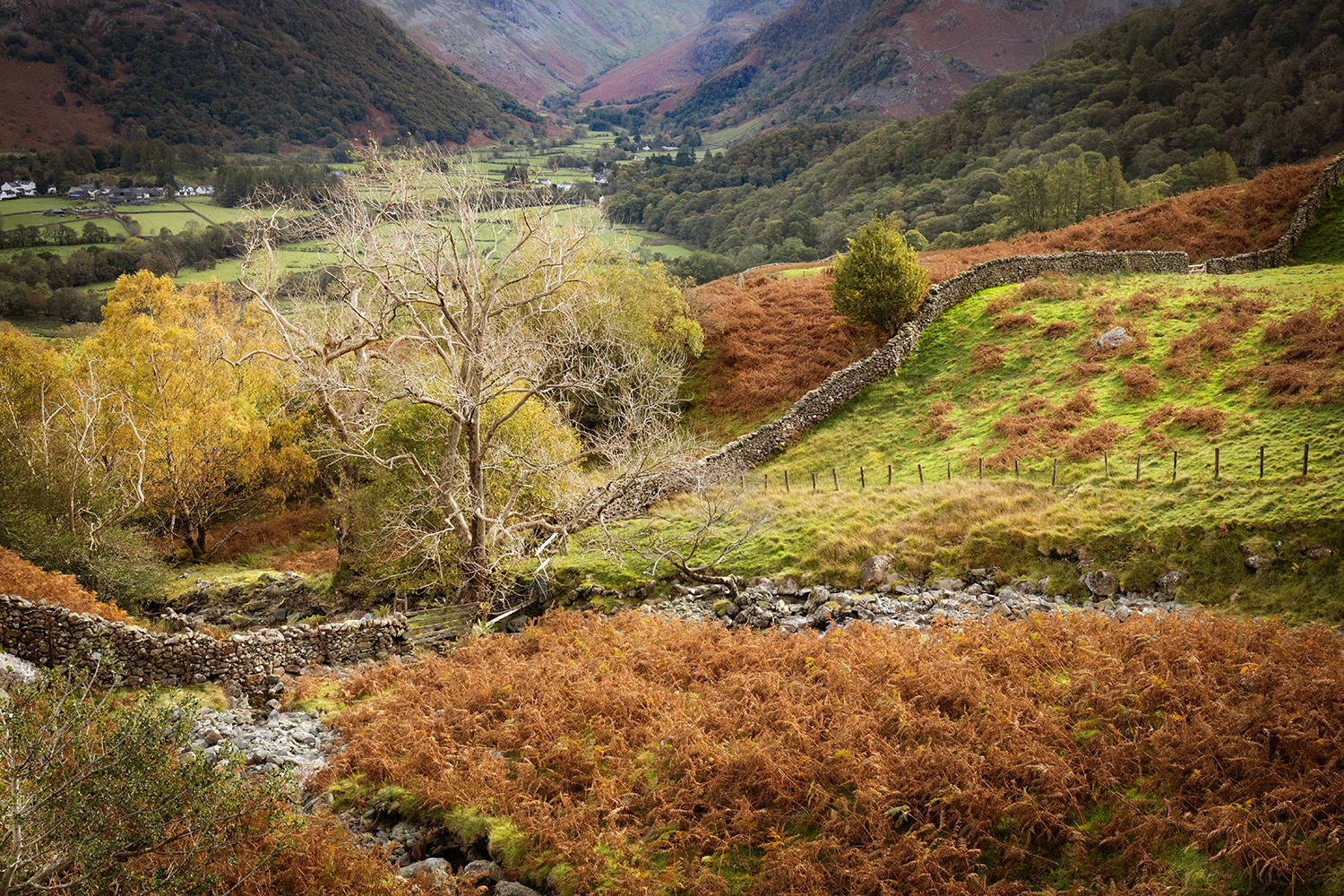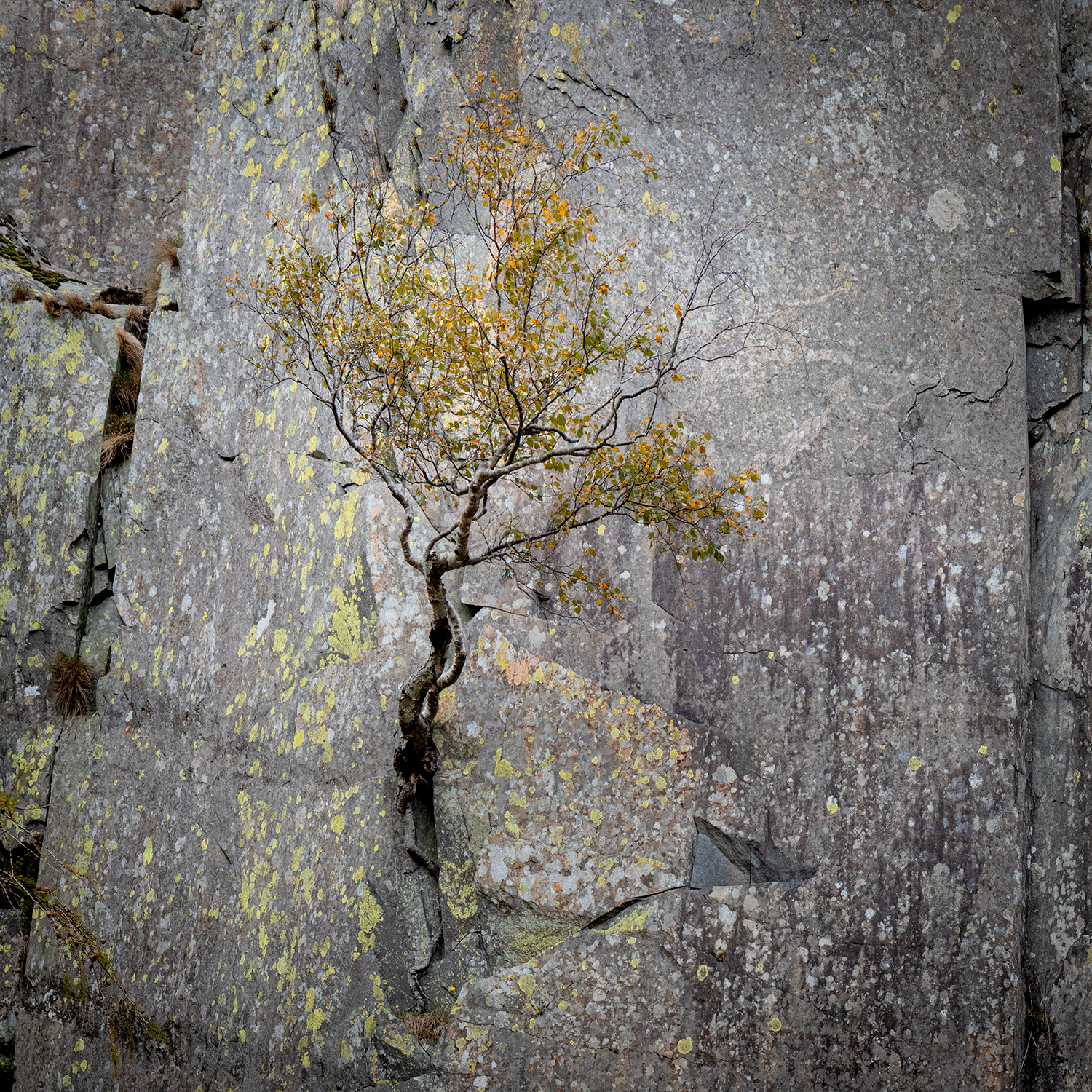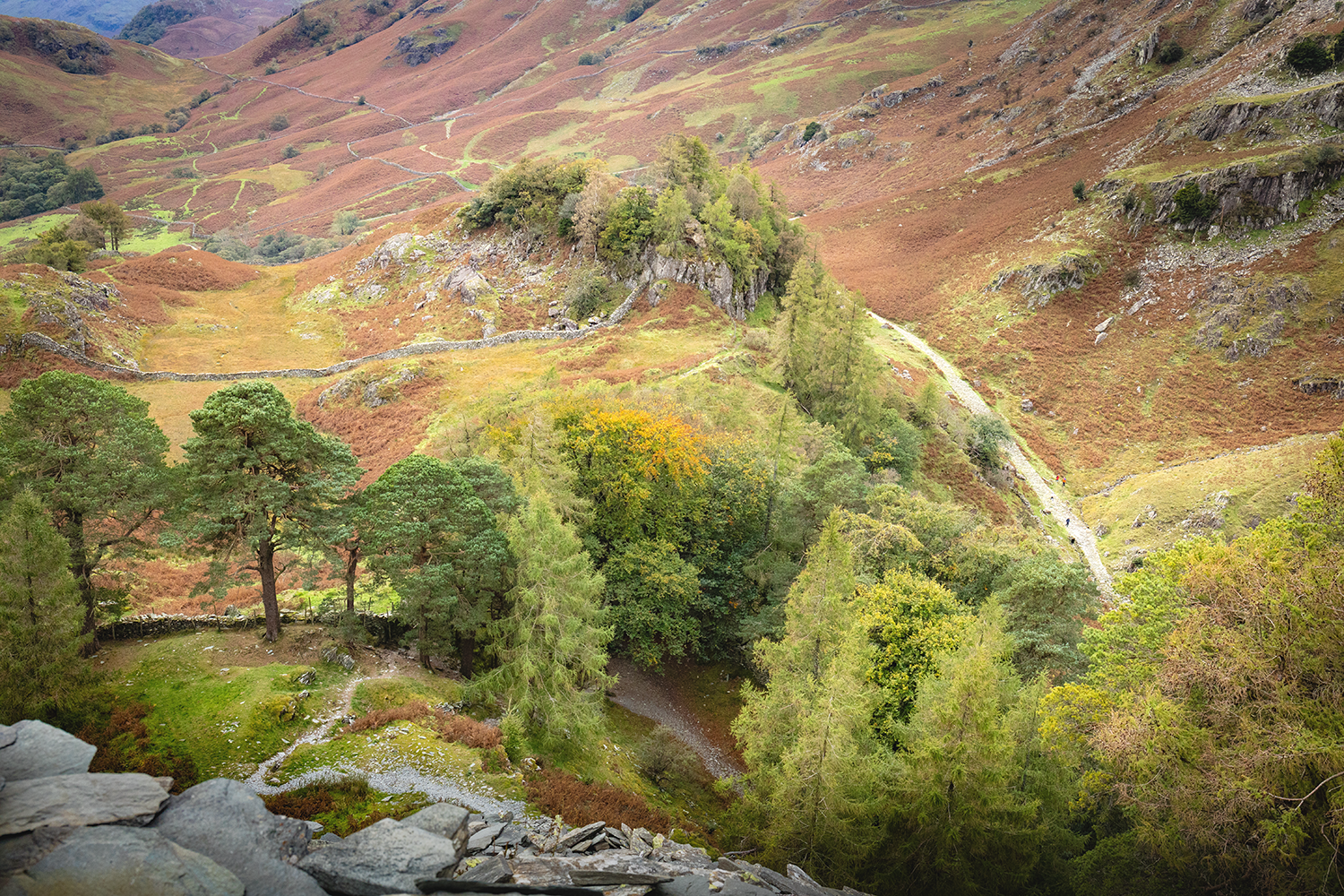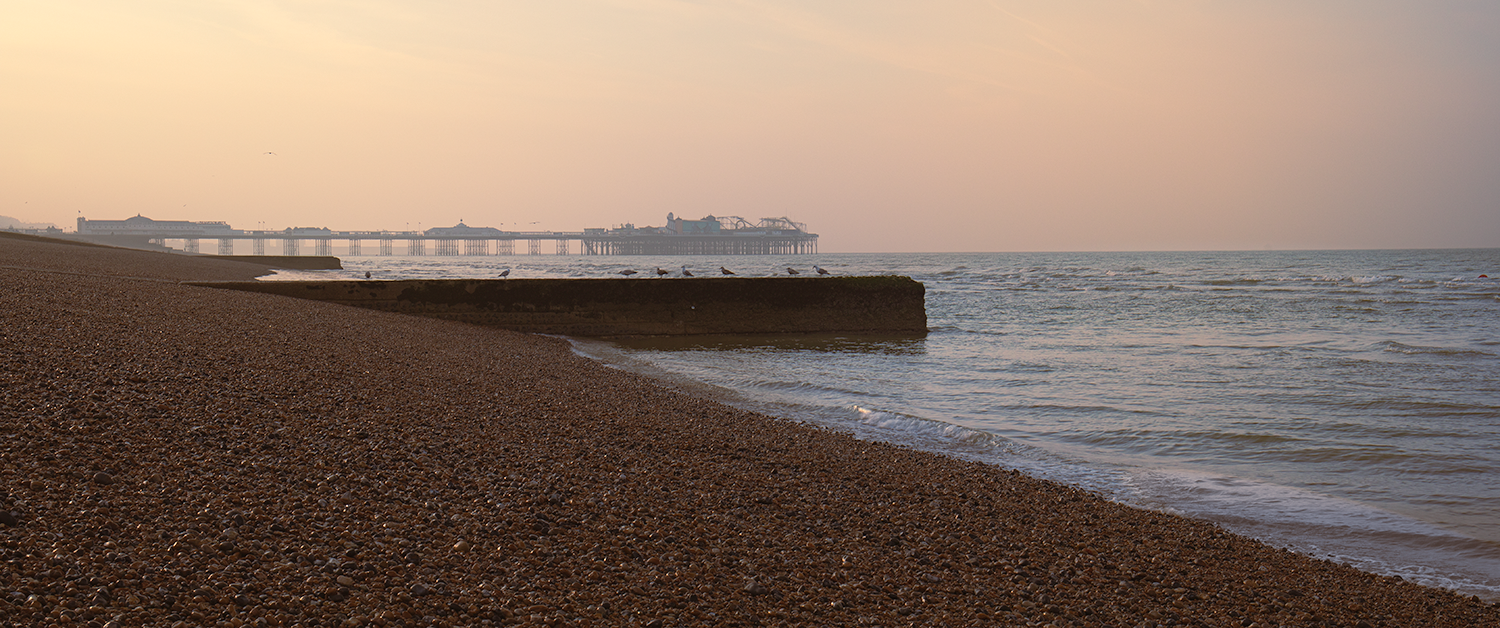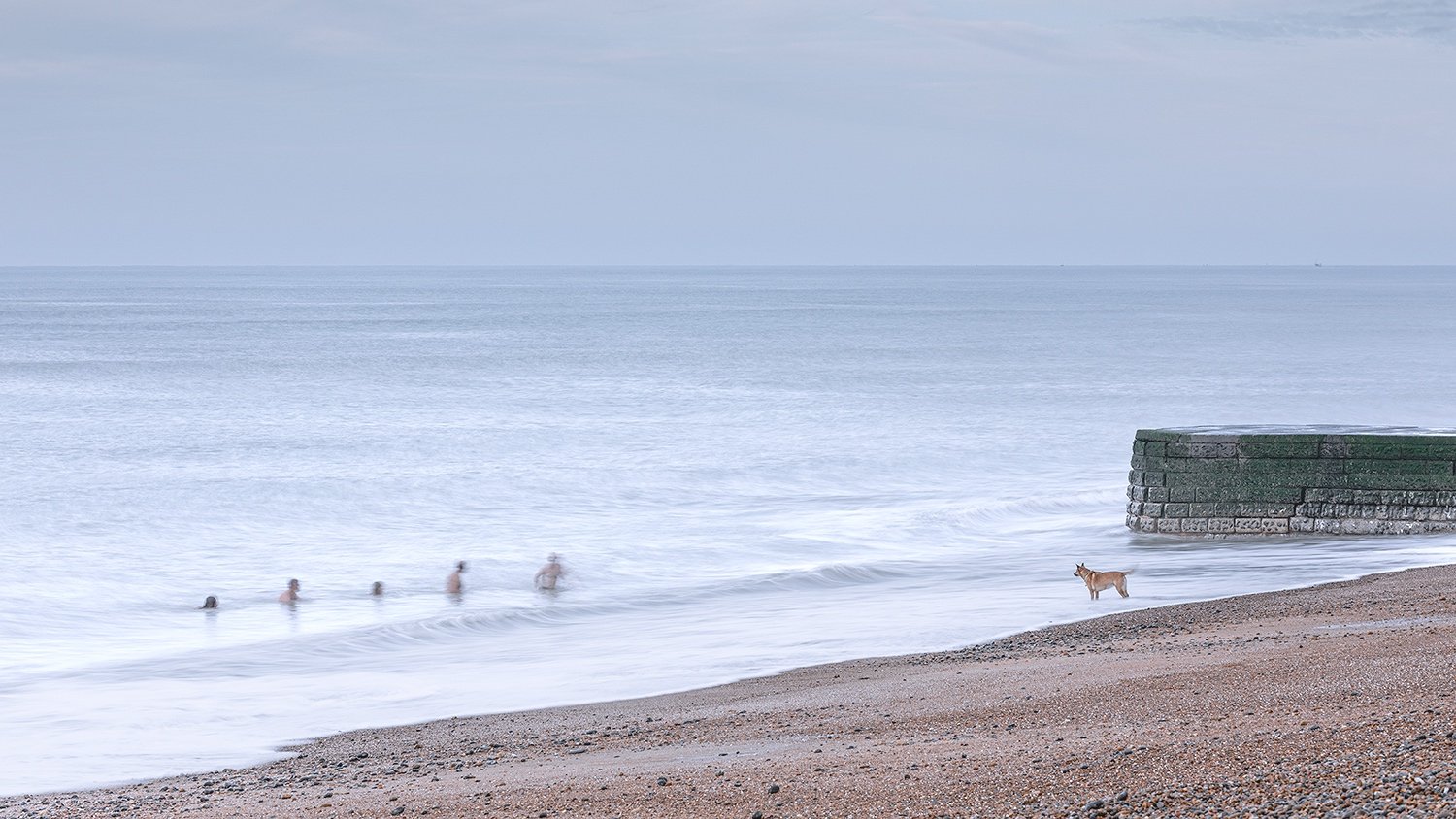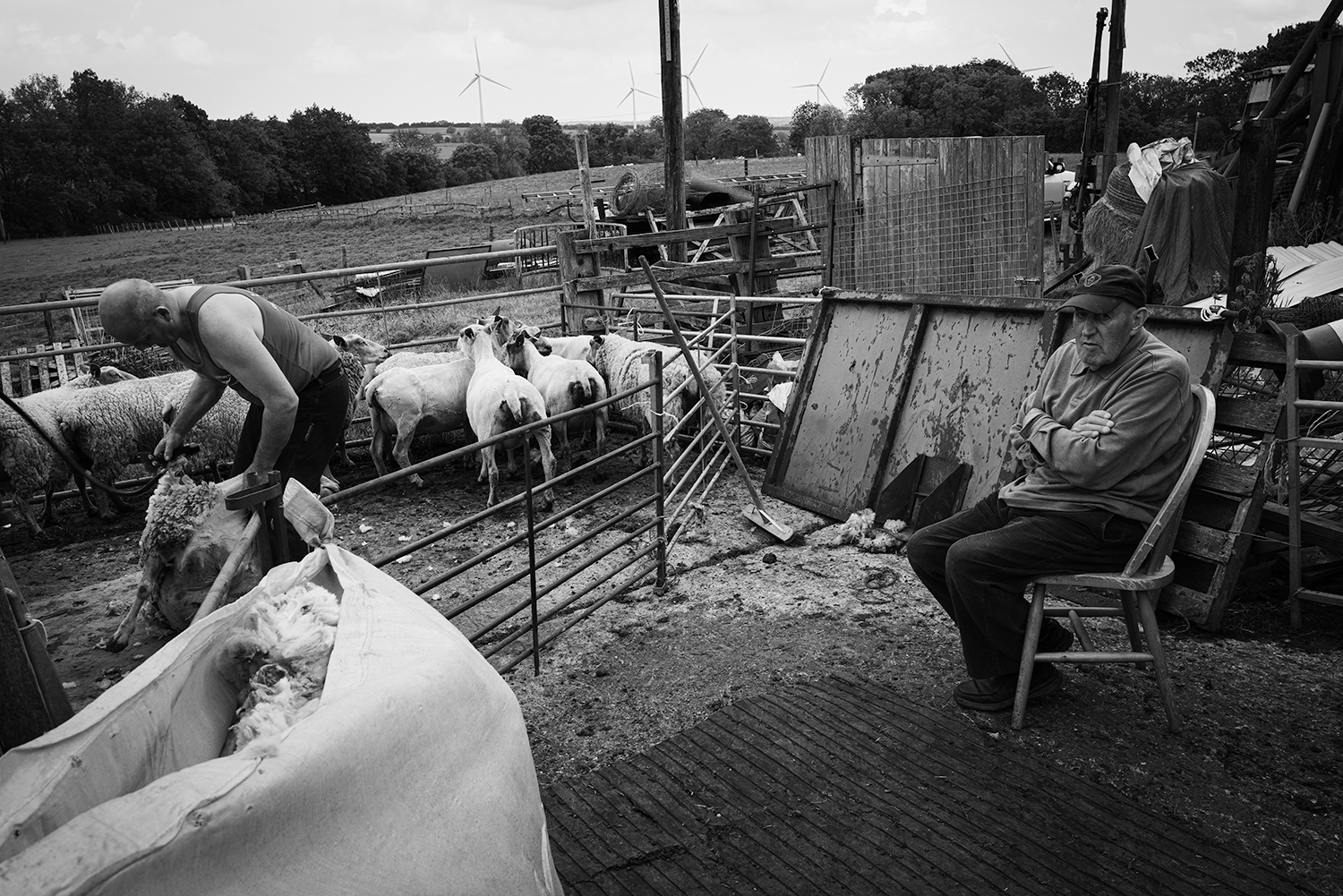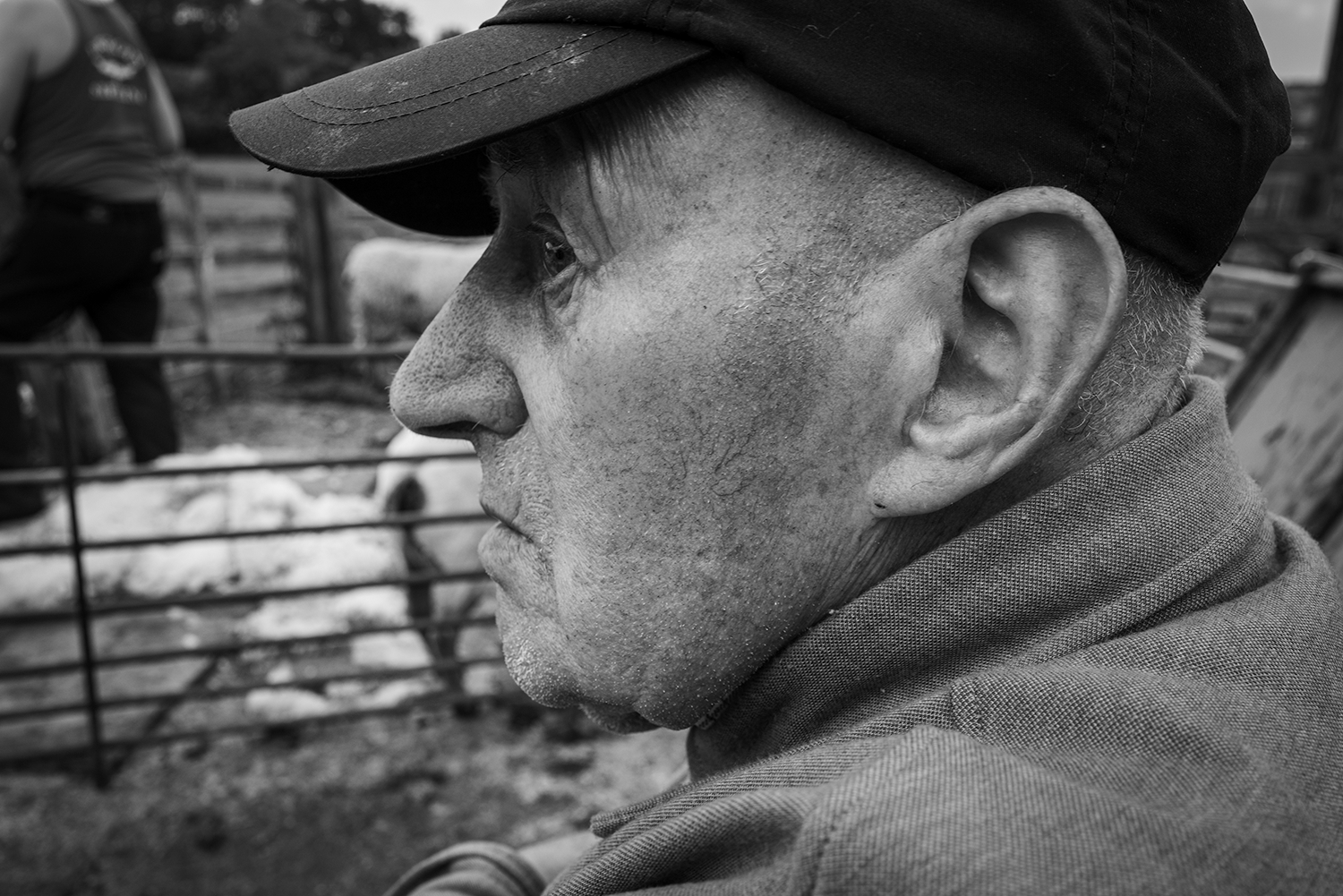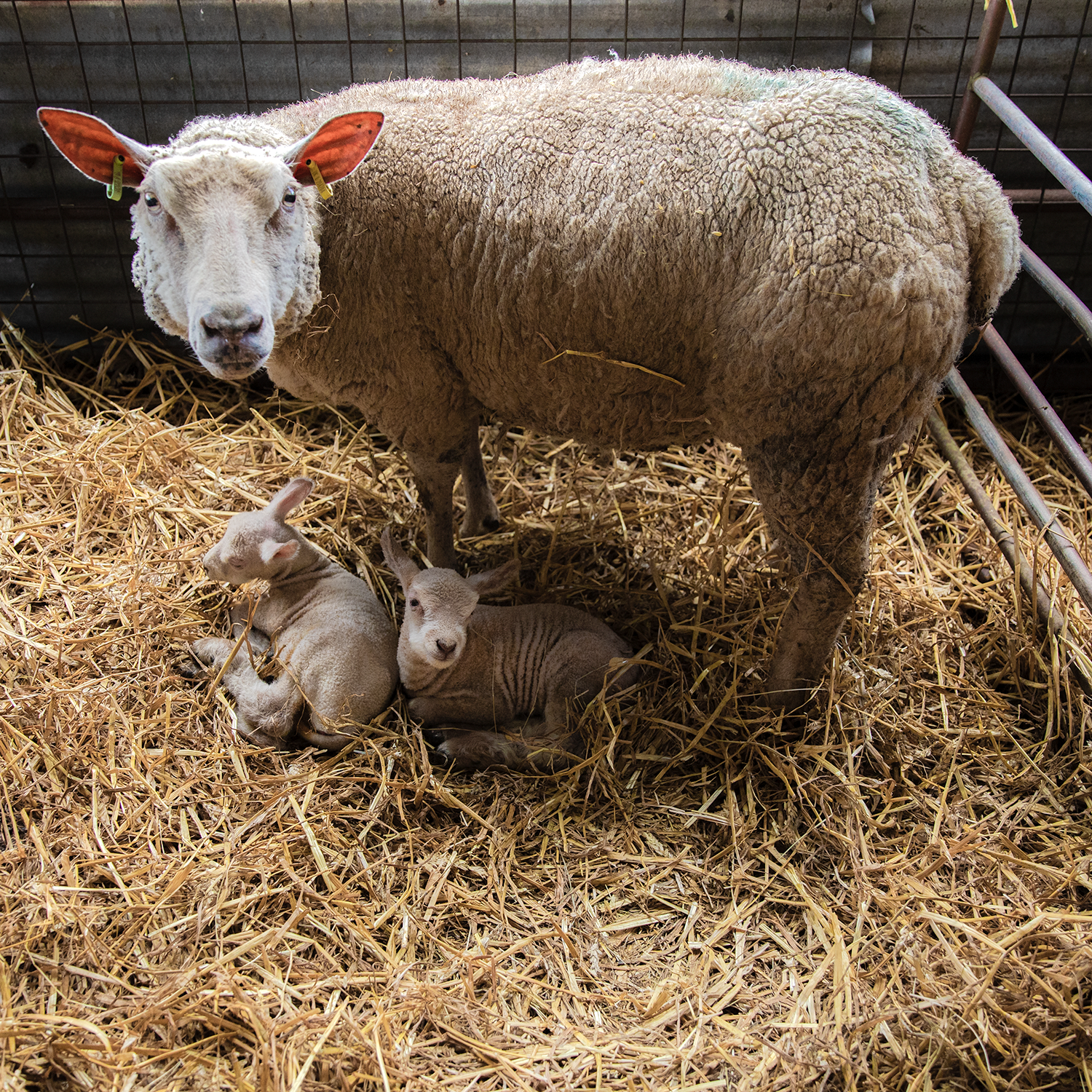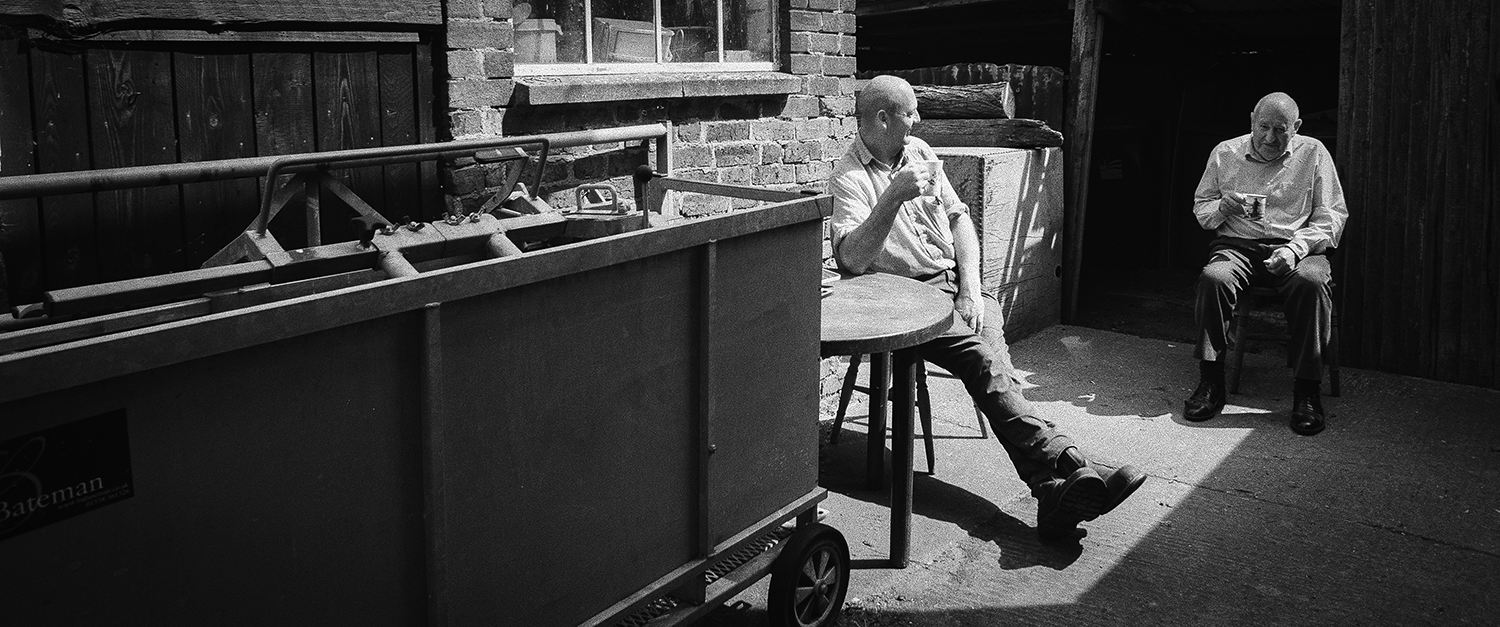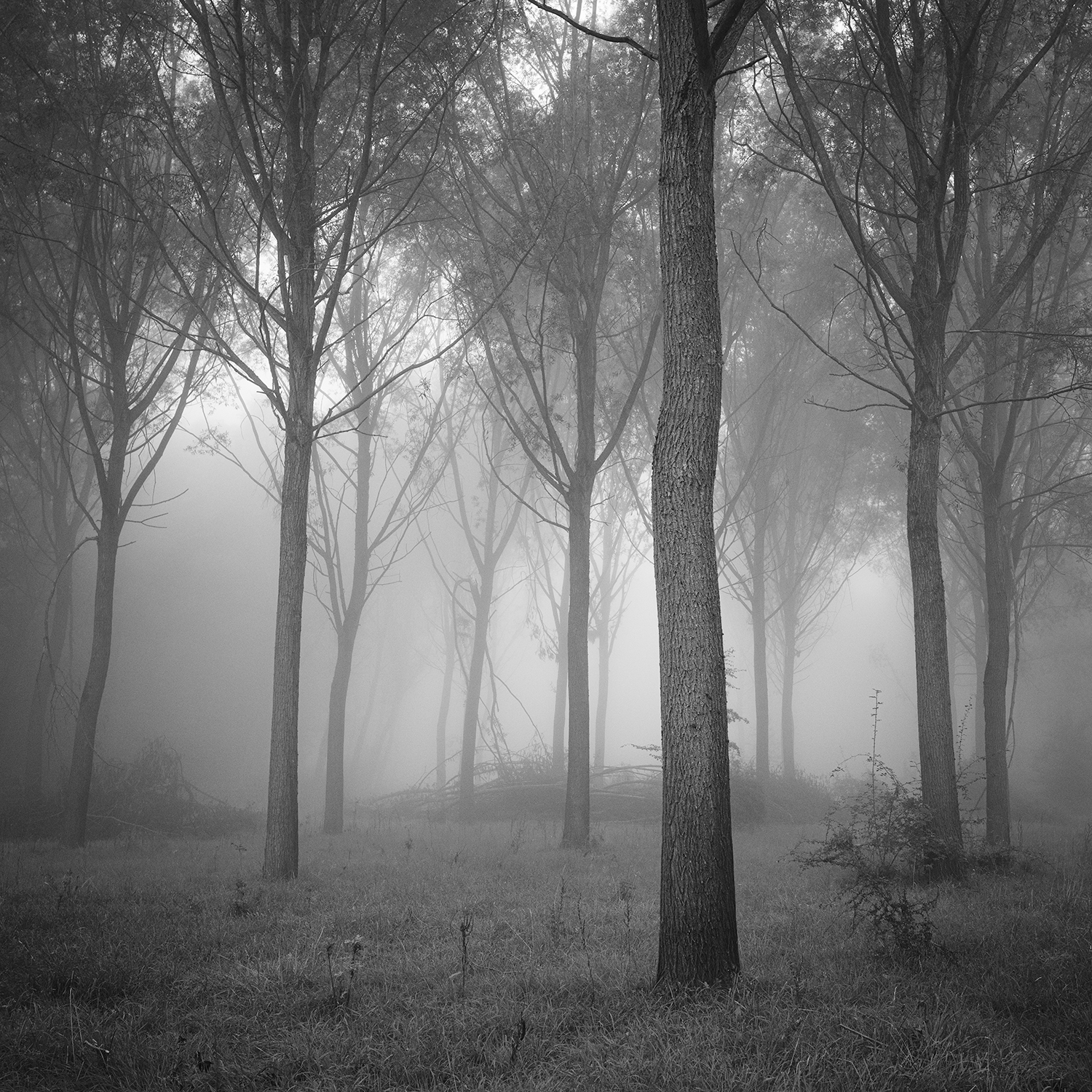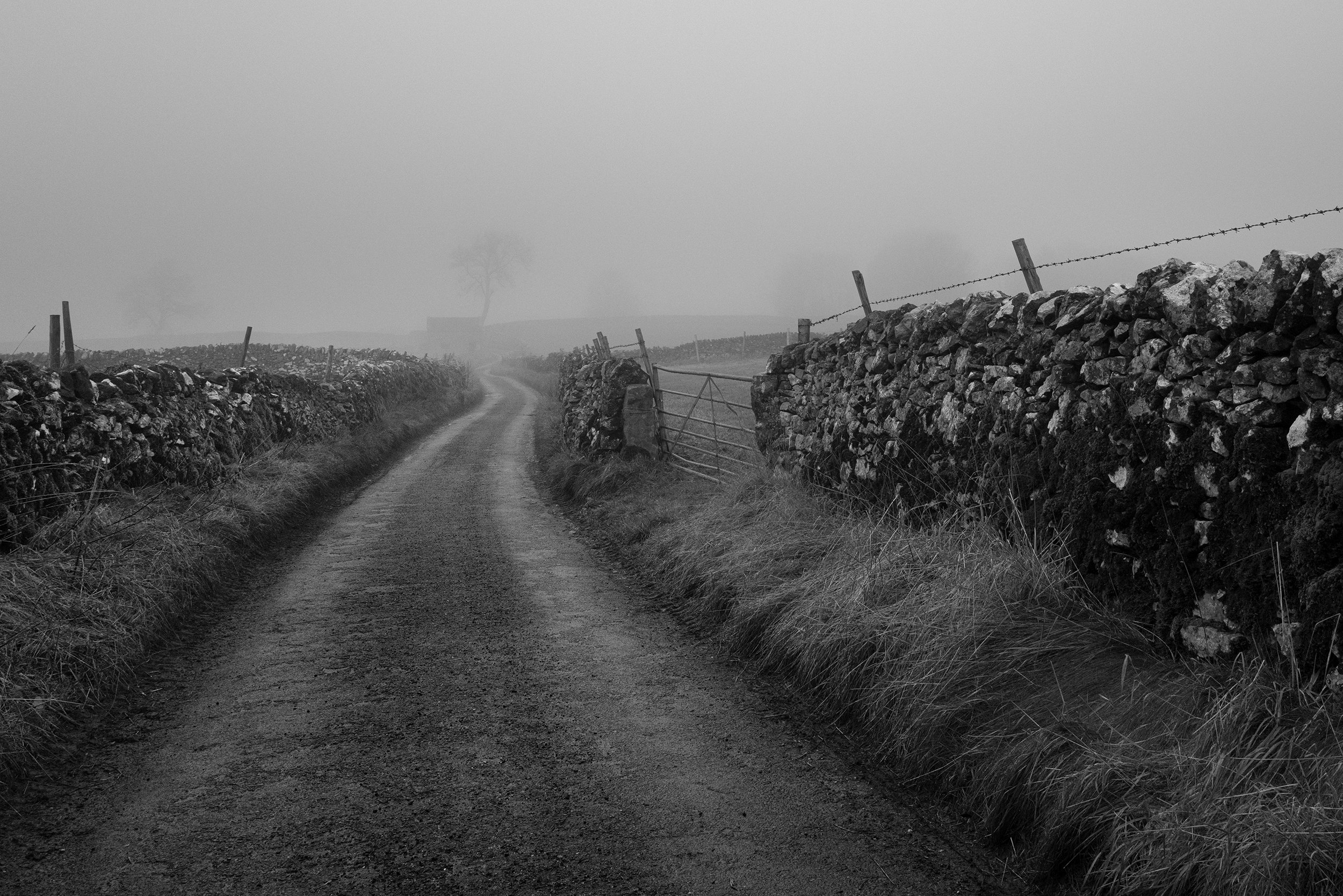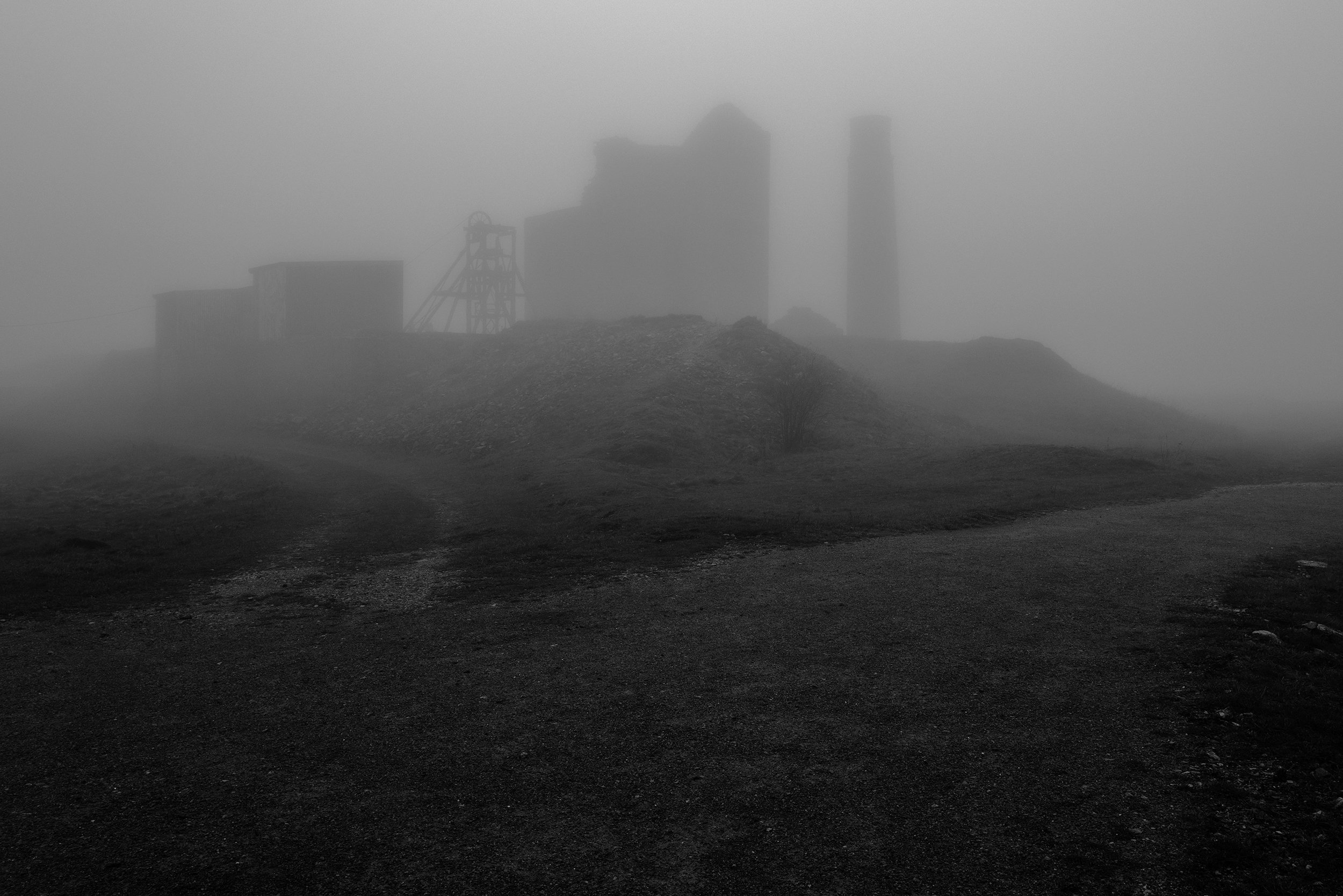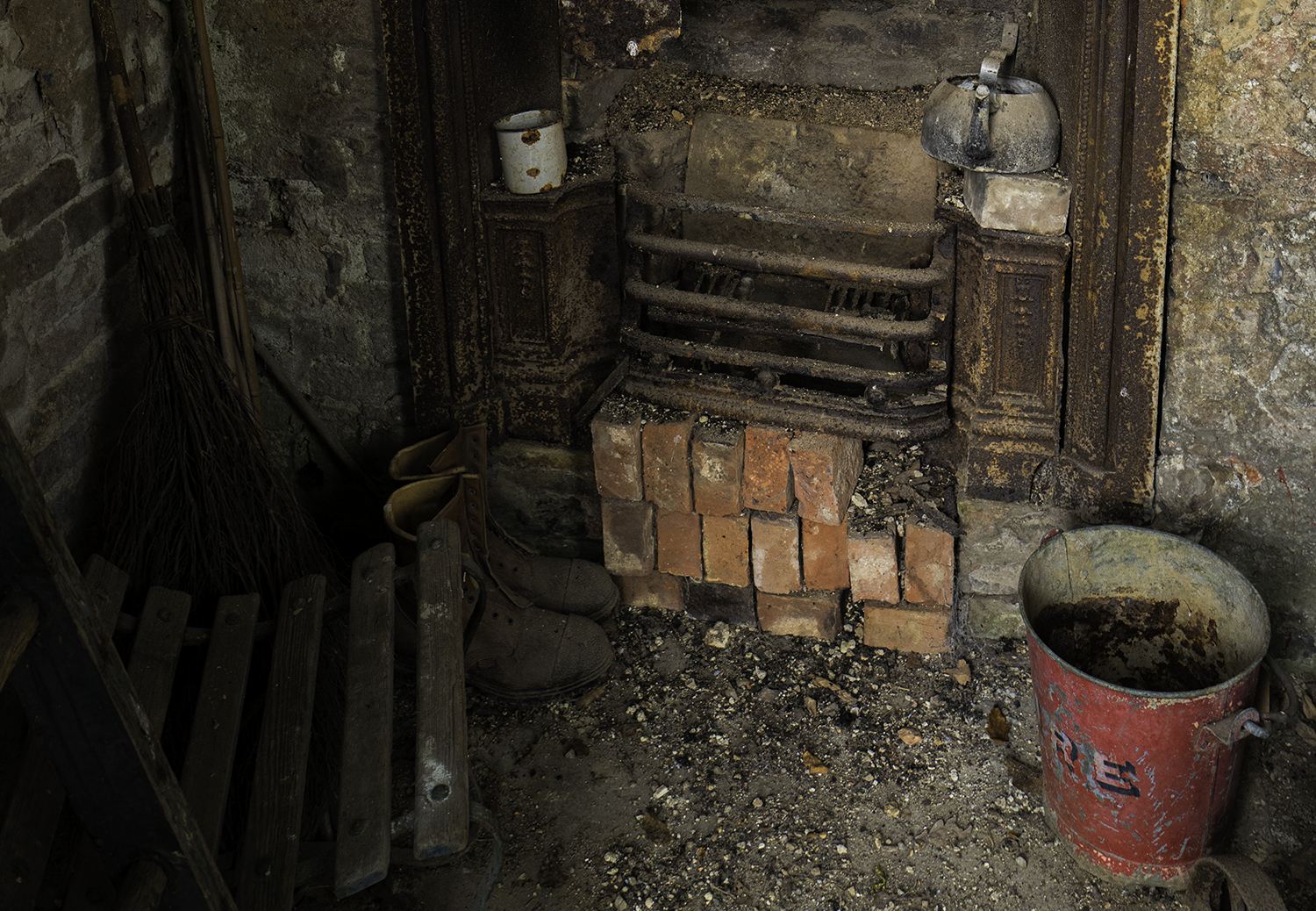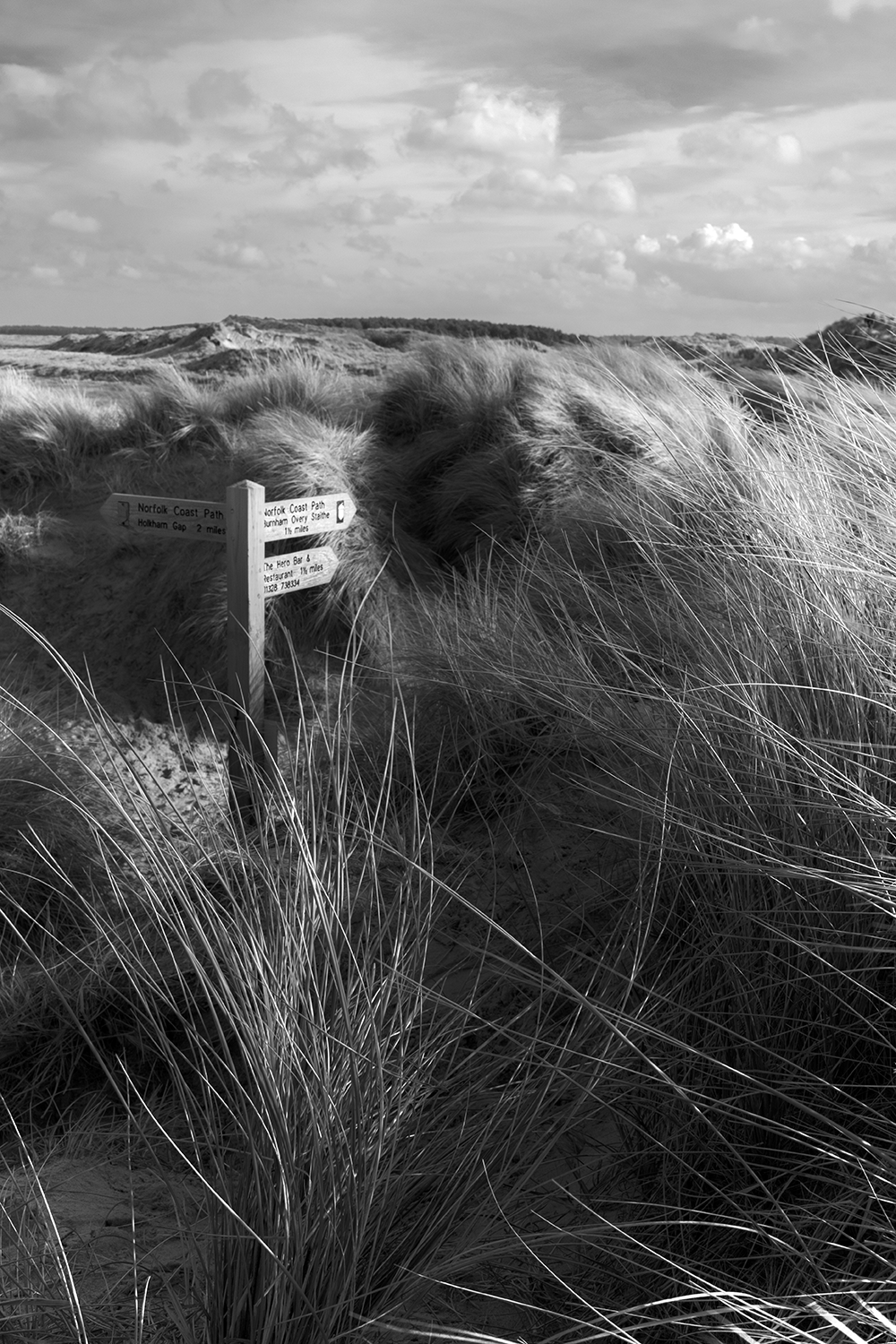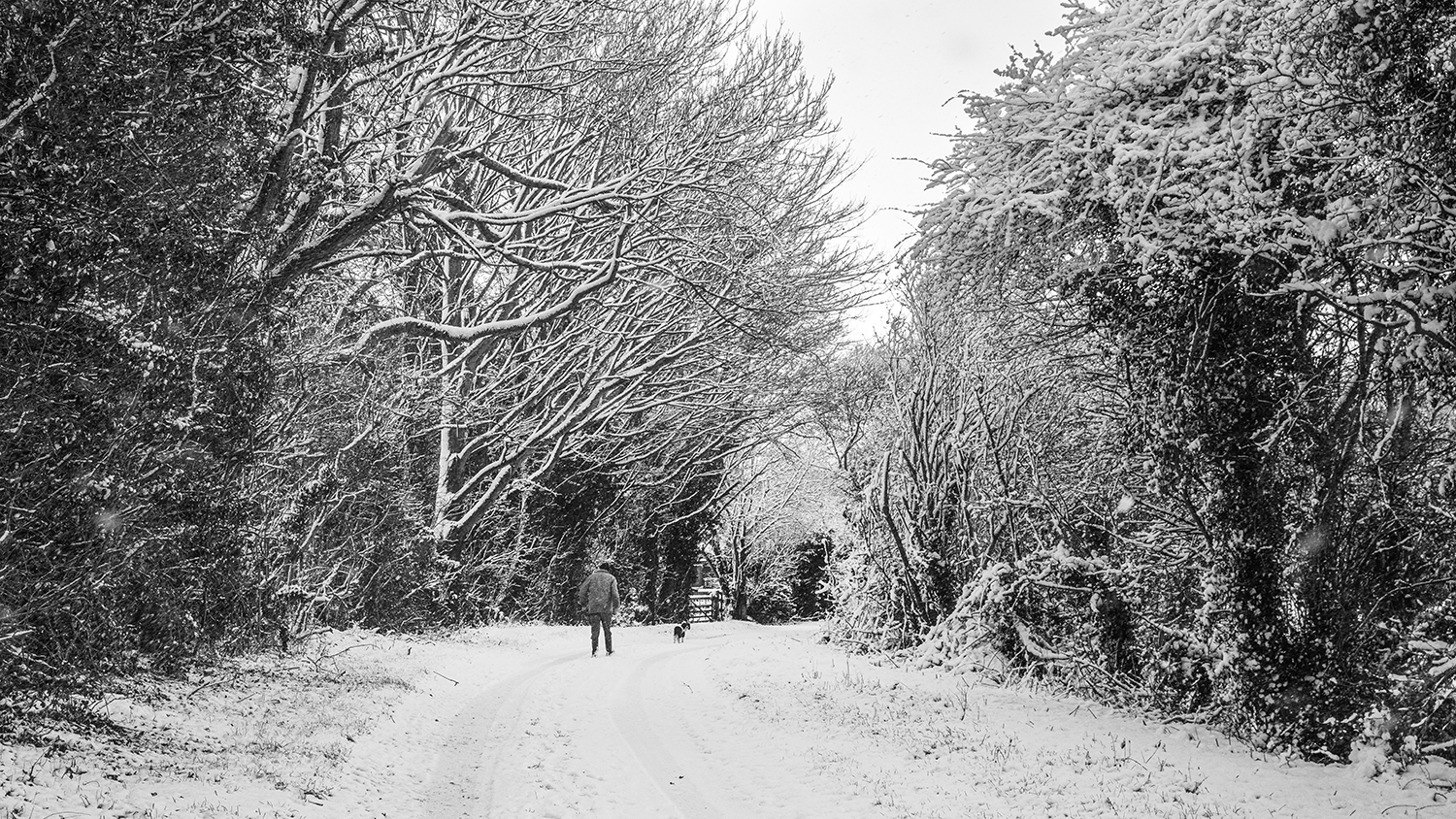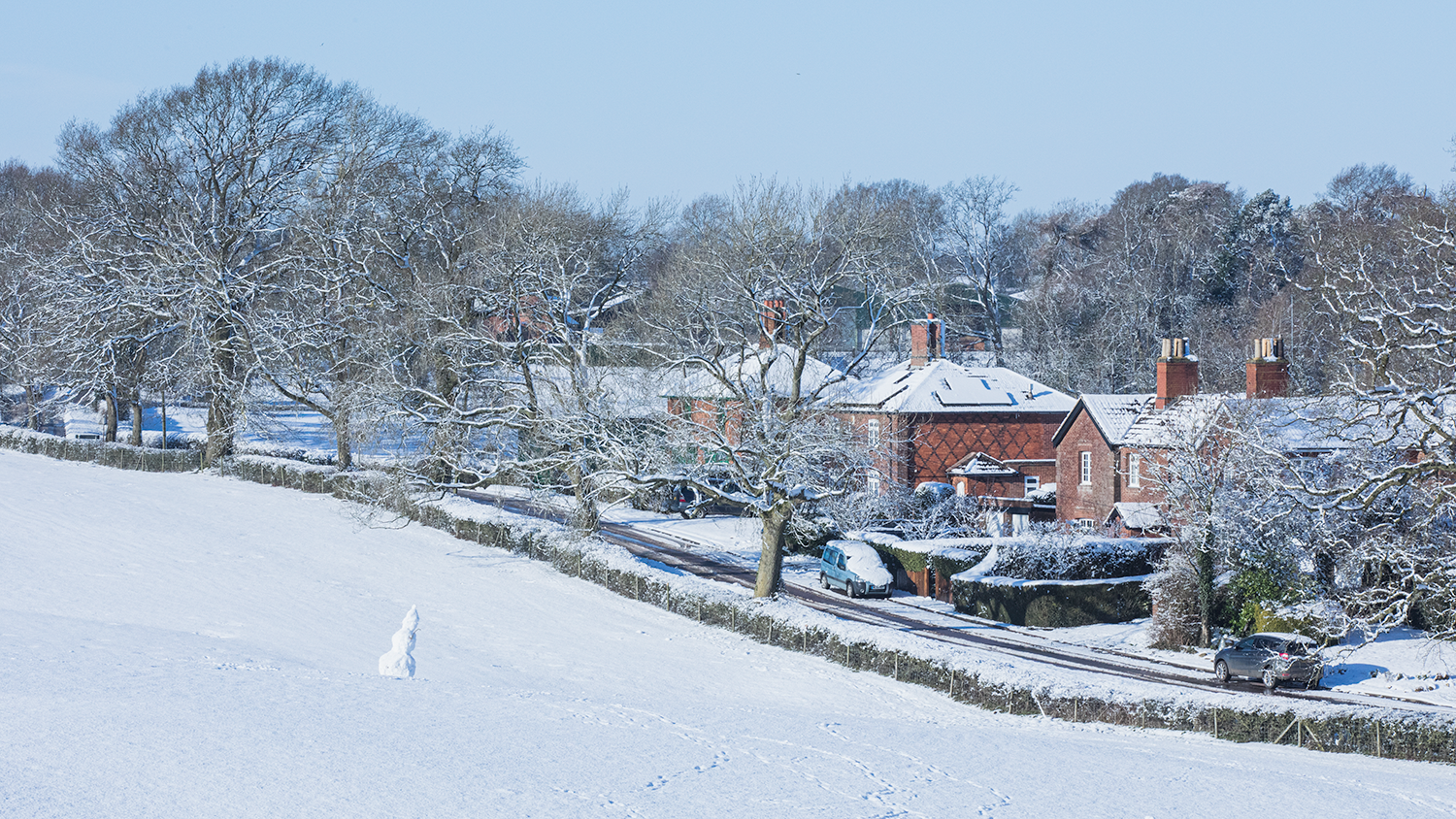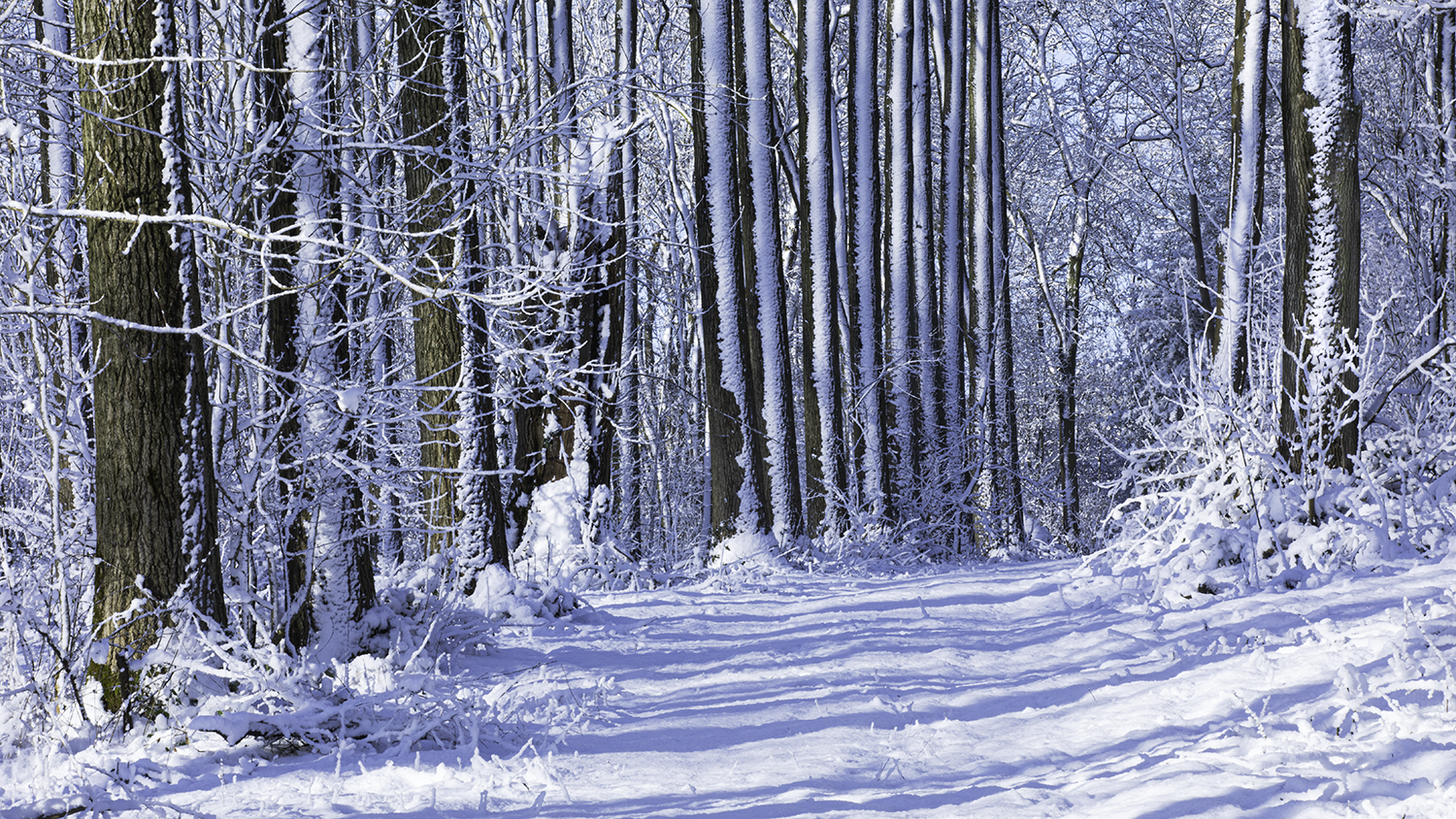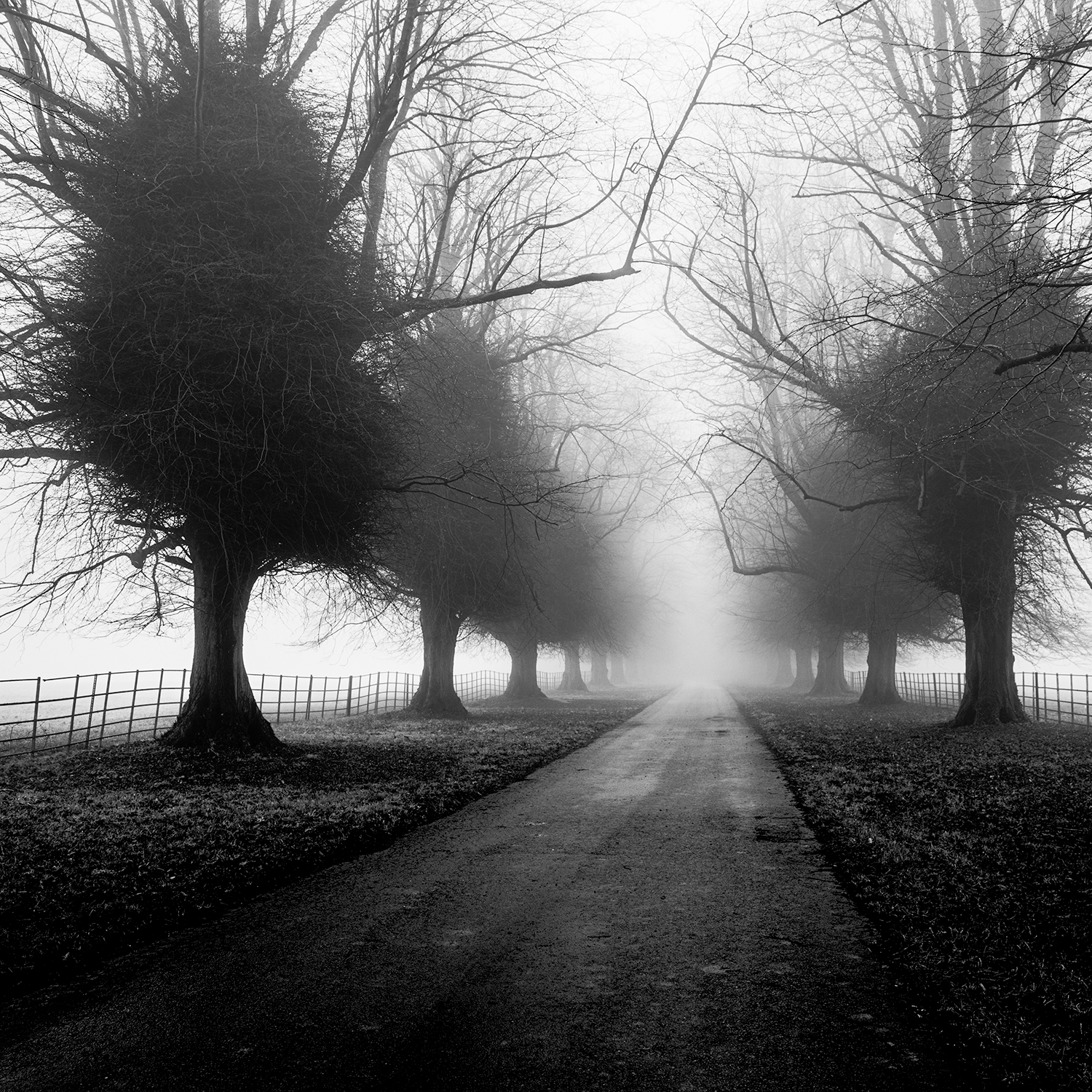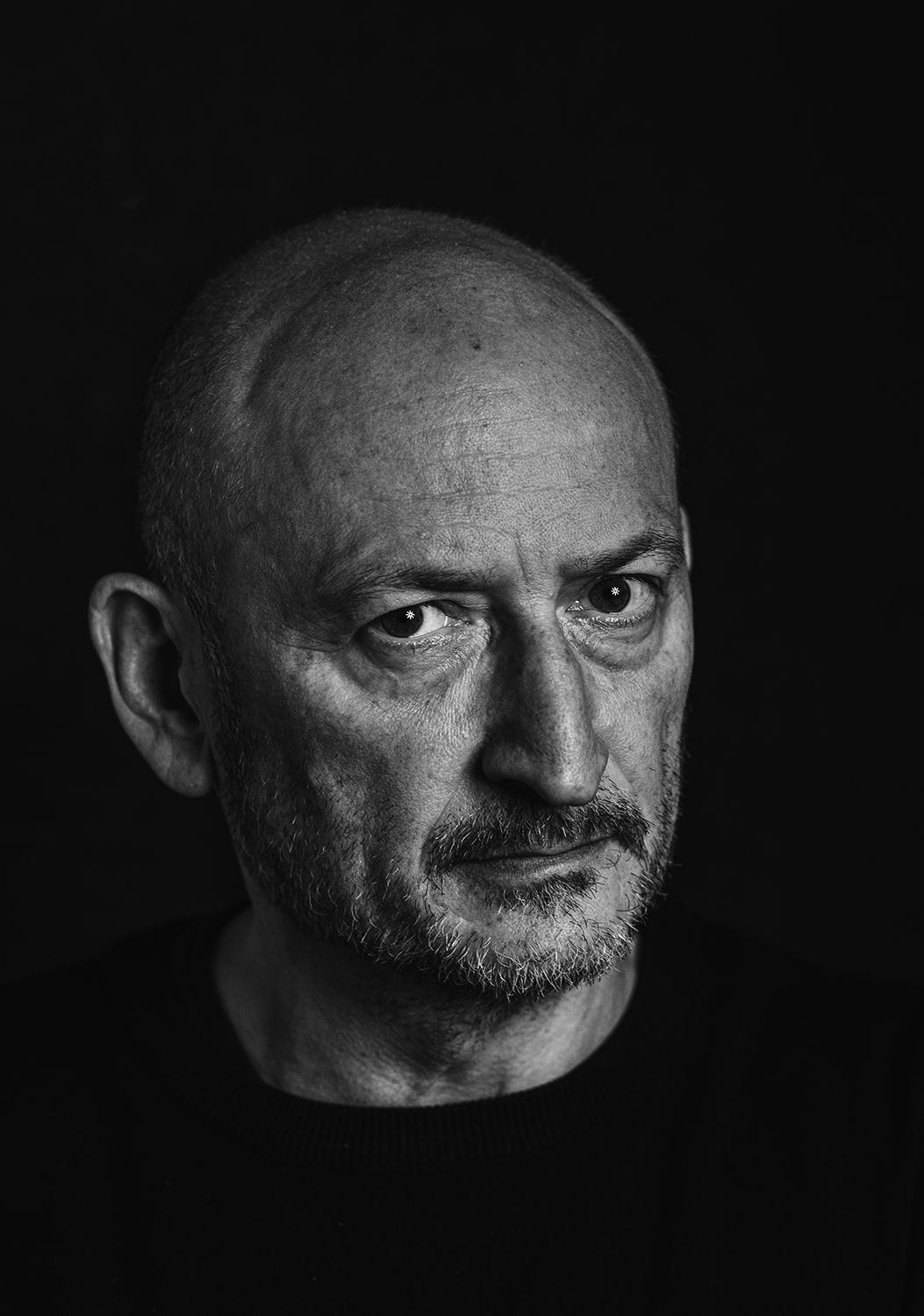Reflecting on a recent morning spent in Ely Cathedral, visiting an emotive installation of sculptures in an extraordinary setting.
Sculptures by Sean Henry were on display this year ’2024’ in a four-month exhibition at Ely Cathedral, Cambridgeshire, called "Am I My Brother's Keeper?"
The exhibition ran until September 1st. The 28 works on show were curated by visual arts advisor Jacquiline Creswell.
I found the sculptures to be simultaneously breathtaking and slightly unsettling in their almost human-like appearance. As for the question “Am I my brother’s keeper?
For me, on a personal level, it encouraged me to question my own moral responsibility towards others. This also started a reflective process within me about the way mankind has sadly lost its way. Whilst studying the sculptures with a view to create a photograph, the very act of looking closely at them seemed to increase my awareness of the importance in understanding and empathy for one another. Being In a holy space certainly prompted visitors to start discussions about their own thoughts about compassion, empathy and creating a better world.
Art historian Tom Flynn says of Sean's work "Through vigorously expressive modelling and changes in scale Henry imbues his figures with a powerful psychological presence. His figures confound the historical expectation of figurative monuments, in that they bring an emotional charge that engages rather than belittles the viewer. They do not glorify individuals but reflect the striving for connection within humanity, something that is reinforced by the responses people have to his work”
COPYRIGHT © 2024 SEAN HENRY














